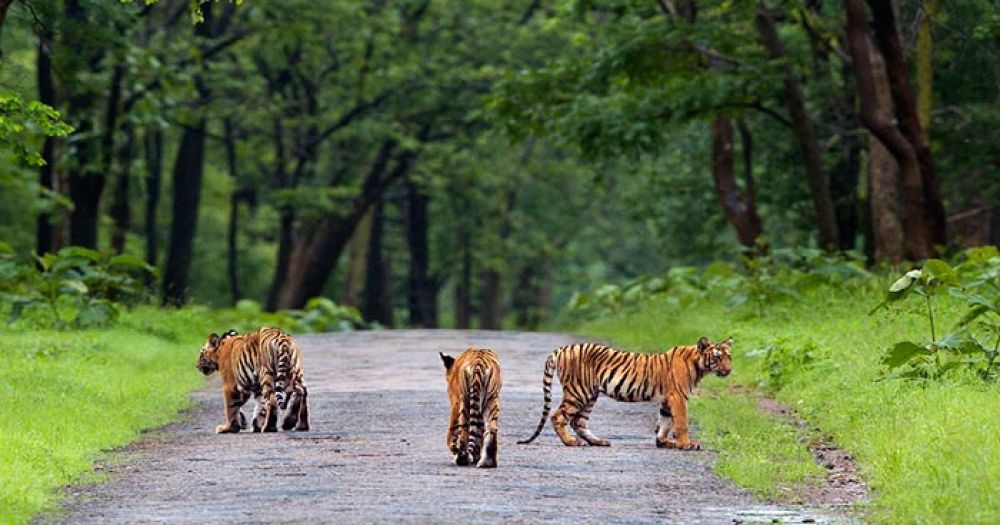

The Tadoba Andhari Tiger Reserve, located in the Chandrapur district of Maharashtra, India, is not only one of India's 50 "Project Tiger" - tiger reserves but also one of the oldest and largest national parks in the state. It was established as a National Park in 1955 and later designated as a Tiger Reserve in 1993. The reserve is named after the Tadoba, or Taru, who is revered by local tribal people, and the Andhari river that meanders through the forest.
Tourism at Tadoba Andhari Tiger Reserve began to flourish when the area was officially recognized as a national park in the mid-20th century. Initially, the influx of visitors was moderate, due to its remote location and lesser-known status compared to other reserves. However, over the years, concerted efforts in conservation and an increase in tiger population have put Tadoba on the map for wildlife enthusiasts and nature lovers alike.
In the early stages, the infrastructure was minimal, but enhanced accessibility and improved lodging options have catered to a growing number of tourists seeking the thrill of spotting the majestic Bengal tiger in its natural habitat. The introduction of guided safari tours has been pivotal in creating structured and safe wildlife experiences, thereby boosting the reserve’s popularity.
From the days of limited transport and basic facilities, Tadoba has seen a significant transformation in terms of tourism infrastructure. The creation of eco-friendly resorts, the professional training of local guides, and the use of online platforms for booking safaris have collectively redefined the visitor experience. The involvement of the local community in tourism has also ensured sustainability and created economic opportunities.
One of the latest trends in tourism at Tadoba Andhari Tiger Reserve is the rise of responsible tourism. This includes practices that minimize the ecological footprint and contribute to conservation efforts. Tourists are increasingly aware of their impact on the environment and are seeking out eco-friendly accommodation and experiences.
Another trend is the use of technology to enhance visitor experience, such as real-time wildlife tracking apps and interactive educational tools that provide insight into the region's biodiversity. The shift towards off-season travel to avoid crowds and enjoy different aspects of the reserve's flora and fauna is also noticeable.
Looking ahead, the future of tourism in Tadoba Andhari Tiger Reserve appears promising, with a balance of growth and sustainability at its core. Efforts to support local communities, safeguard the habitat of the tigers, and deliver enriching tourist experiences are expected to continue to evolve, ensuring that this beautiful wilderness remains unspoiled for generations to come.
Whether you're a wildlife photographer, a nature enthusiast, or simply someone who appreciates the great outdoors, Tadoba Andhari Tiger Reserve offers an unforgettable experience. Its progress from a little-known wildlife sanctuary to a premier destination for tiger sighting is a testament to the wonders that lie within, waiting to be discovered by the discerning traveler.